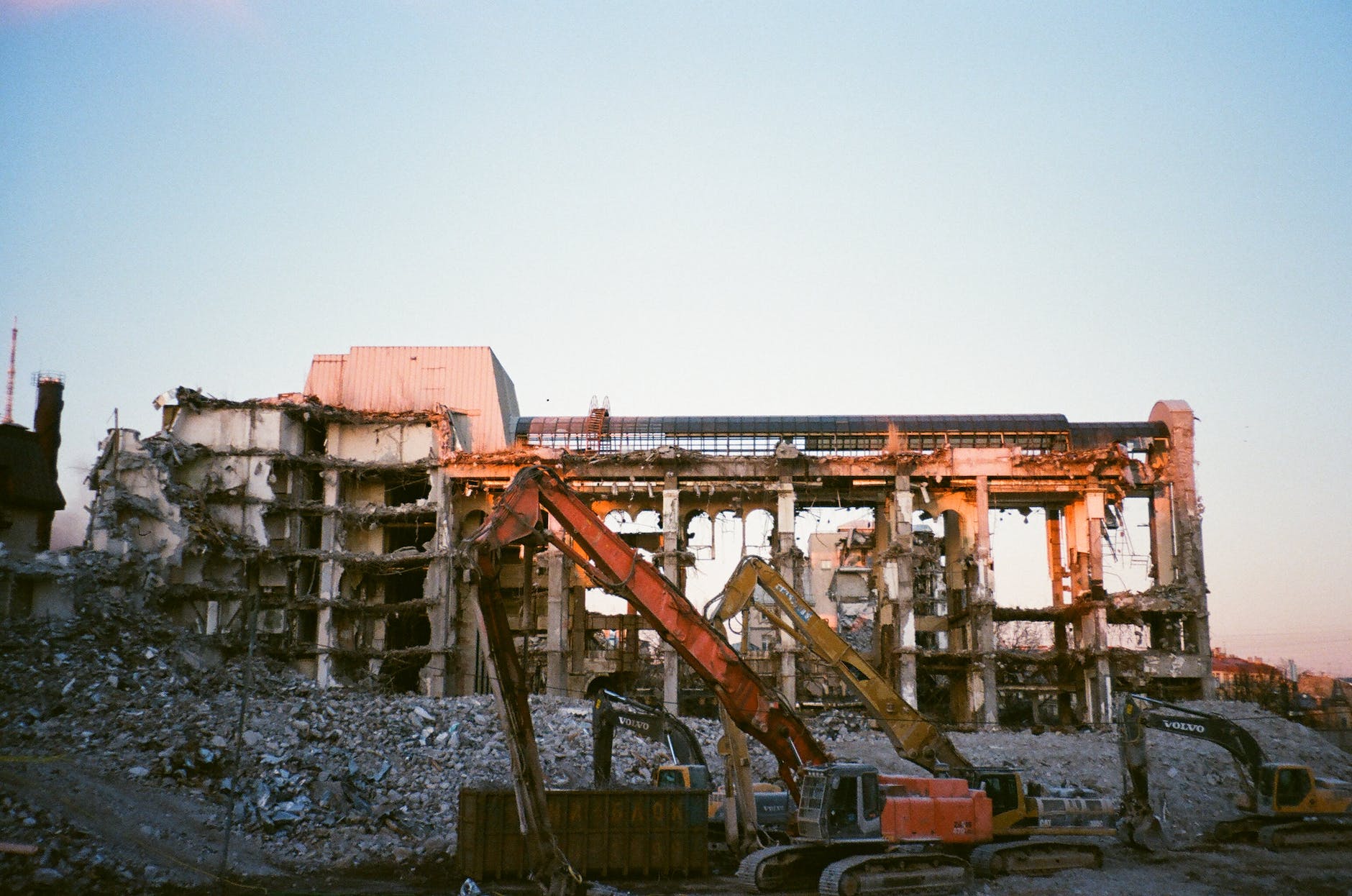
Demolition Dynamics
In the expansive canvas of construction and redevelopment, industrial demolition emerges as a distinctive and intricate endeavor, representing a sophisticated blend of planning, precision, and adaptability. This article delves even deeper into the multifaceted layers of complexity involved in managing industrial demolition projects, offering a comprehensive exploration of the pre-execution, execution, and post-demolition phases.
I. Introduction
The initial stages of an industrial demolition NJ project demand a nuanced understanding of its significance beyond the traditional wrecking ball imagery. It serves as a strategic process, a precursor to new developments that require a delicate balance between efficiency and meticulous planning. The complexity is not merely in the physical act of tearing down structures but encompasses a spectrum of factors, including environmental considerations, regulatory compliance, and ensuring the safety of all involved parties.
II. Project Planning and Pre-Execution Phases
The groundwork for a successful industrial demolition project is laid during the planning and pre-execution phases. A thorough site assessment is not just about recognizing structural intricacies; it involves deciphering potential hazards, evaluating environmental impact, and anticipating challenges. Simultaneously, navigating the regulatory landscape demands a meticulous approach to obtaining permits and ensuring compliance with stringent environmental and safety standards. The financial aspect of budgeting and resource allocation plays a crucial role, in determining the feasibility and scope of the project.
III. Risk Assessment and Management
The inherent risks associated with industrial demolition require a proactive approach to identification and mitigation. A comprehensive risk assessment becomes a guiding framework for developing strategies to address structural instability, environmental concerns, and other potential challenges. Robust emergency response planning forms a safety net, ensuring that the project can adapt to unforeseen circumstances without compromising safety or progress.
IV. Technology Integration
The digital revolution has significantly impacted the landscape of industrial demolition, introducing cutting-edge technologies to enhance precision and efficiency. Robotics, remote-controlled equipment, and Building Information Modeling (BIM) have become integral components of the demolition toolkit. Their utilization not only streamlines processes but also contributes to a safer and more accurate approach to dismantling structures.
V. Environmental Considerations
In the contemporary era, sustainable practices have become a cornerstone of industrial demolition projects. Recycling initiatives, waste management strategies, and adherence to eco-friendly practices align with stringent environmental regulations. A commitment to minimizing the ecological footprint ensures that industrial demolition can coexist harmoniously with environmental conservation efforts.
VI. Coordination and Communication
The success of an industrial demolition project hinges on effective communication and seamless coordination among all stakeholders. From liaising with utility services to collaborating with local authorities and internal project teams, establishing clear and concise communication channels is paramount. Implementing project management tools further facilitates streamlined information exchange, fostering an environment of collaboration.
VII. Equipment Selection and Utilization
The meticulous selection and utilization of demolition equipment form the bedrock of a successful project. Regular maintenance and inspection protocols ensure the operational efficiency of machinery, preventing disruptions in the demolition process. Comprehensive training programs for the demolition team in equipment operation contribute to a smooth and synchronized execution of the project.
VIII. Case Studies and Real-World Examples
Learning from the experiences of past industrial demolition projects provides valuable insights into innovation, creative problem-solving, and the application of best practices. Real-world examples showcase the industry’s capacity for overcoming challenges and achieving successful outcomes. Examining these case studies becomes a reservoir of knowledge, contributing to the continuous improvement and evolution of industrial demolition practices.
IX. Safety Protocols and Training
Safety is a non-negotiable aspect of industrial demolition, underscoring the importance of strict protocols and continuous training programs. Establishing a culture where safety takes precedence ensures the well-being of the demolition team and the structural integrity of the project. A commitment to ongoing safety education reinforces a collective responsibility for maintaining a secure working environment.
X. Post-Demolition Site Management
While the demolition of structures marks a significant phase, the project’s conclusion extends beyond the last fallen brick. Post-demolition site management involves the meticulous removal of debris, recycling processes, site grading, and preparation for future construction. Final inspections and comprehensive documentation not only mark the end of a project but also provide a foundation for subsequent stages of development.
XI. Conclusion
In the dynamic landscape of industrial development in New Jersey, where progress is a constant, the need for professional and adept industrial demolition is ever-present. Understanding the intricate dance of planning, technology, and safety in these complex projects becomes imperative for stakeholders seeking transformative development in the state. By prioritizing professionalism, proficiency, and adaptability, industrial demolition becomes not just a necessity but a catalyst for positive change and growth.






